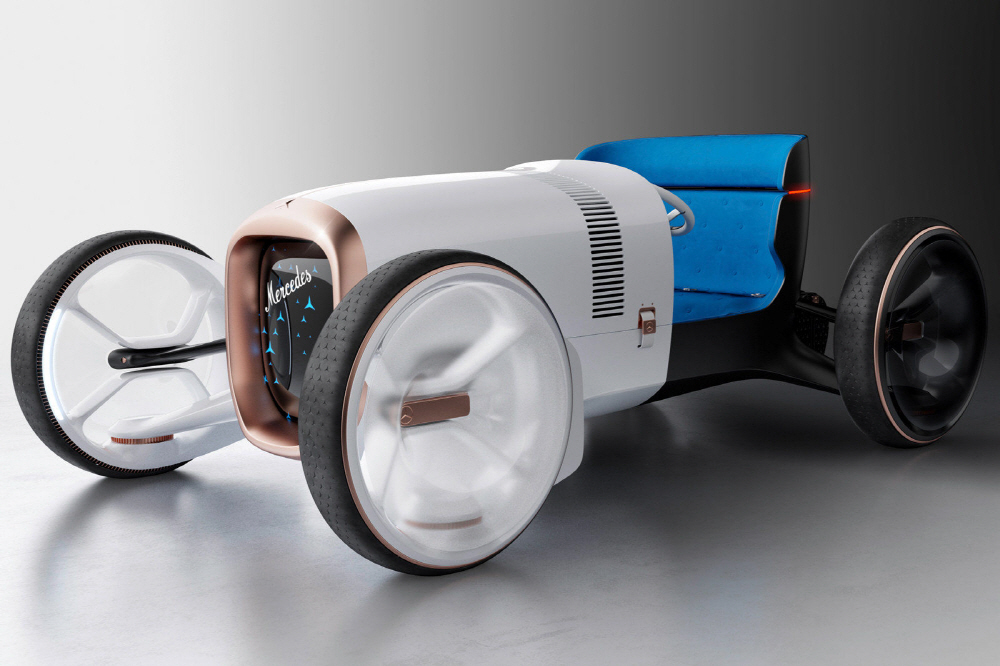
The automotive world is now facing a transition period due to electric drive and self-driving technologies. Looking back in history, there was an invention that drastically changed the concept of automobiles even in the early 20th century, decades after Carl Benz acquired a patent for a vehicle driven by an internal combustion engine in 1886.
The Austrian millionaire Emil Jellinek, who was passionate about car racing, which was a high-tech sport at the time, orders the German company Daimler-Motoren-Gesellschaft (DMG) to build a new racing car. With a low steel frame in the center and a gasoline in-line four-cylinder engine and a radiator in the front, this car concept drives the rear wheels with a multi-gear transmission such as the front four-speed and the rear one, which has become the prototype of the car that has continued so far.
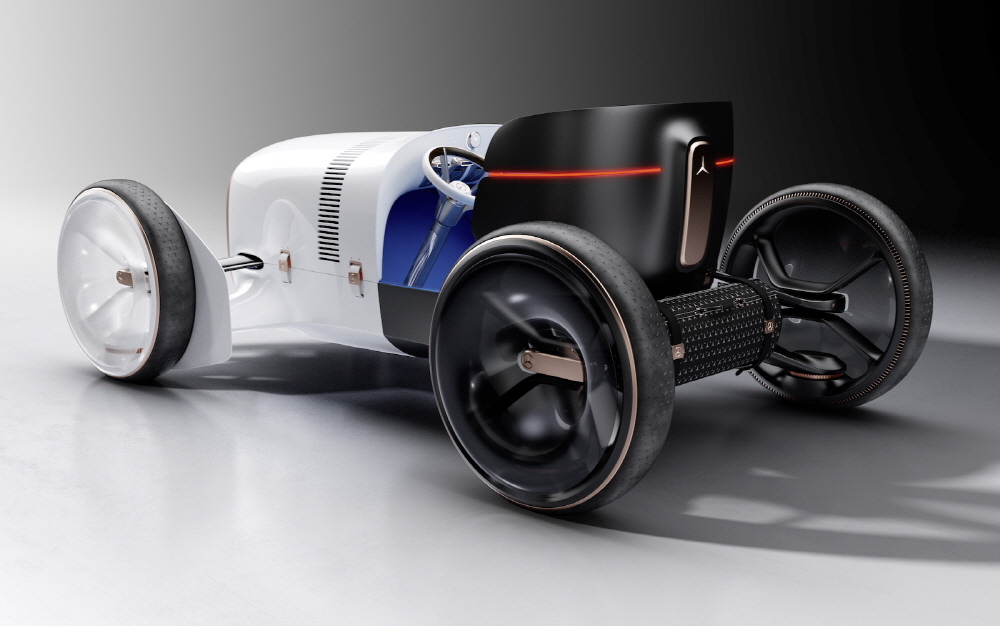
Named after the daughter of Emile Jelinek’s beloved daughter and named the Mercedes 35PS, the car competed in racing in Nice, France in the spring of 1901, with overwhelming speed and victory. Since then, he has won numerous races. The car’s name, 35PS, means that the engine’s highest power was 35 horsepower, which was phenomenal at the time.
Daimler has unveiled a concept car called Vision Mercedes Simplex. The Mercedes-Benz design represents the relationship between the past, the present, and the future by reinterpreting old and old cars. White and black are used on the front and back, and the overall appearance is not significantly different from the 1901 Mercedes 35PS. Of course, the parts are made of modern technology and materials, and the drive train does not emit exhaust, and the latest digital user interface is adopted.
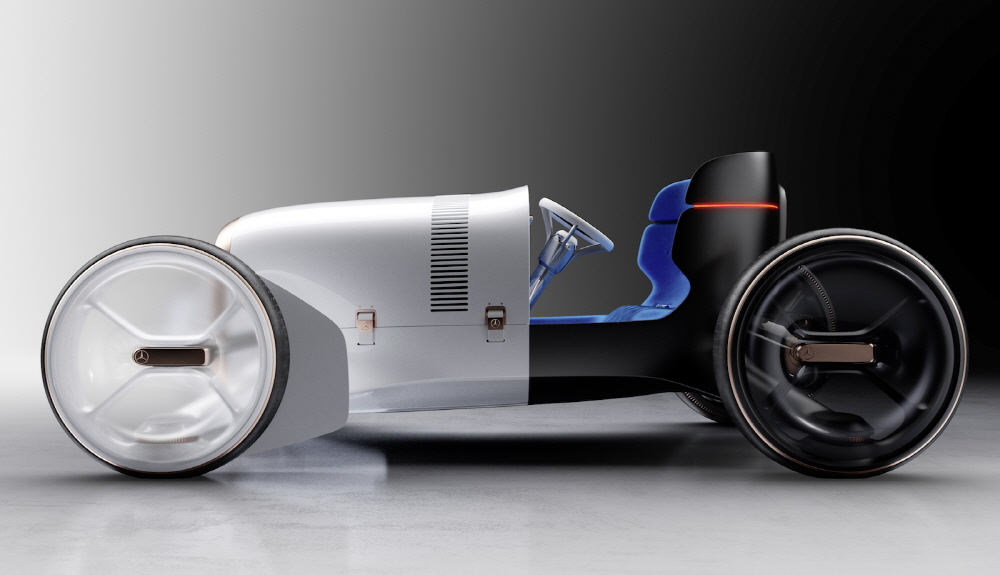
It has a honeycomb structure radiator grill at the front and has a 3D display. In addition to the classic Mercedes logo, you can also watch videos of various information and messages for nearby drivers and pedestrians. The radiator frame used rose gold instead of the bronze used at the time. A cover made of translucent lightweight material mounted on four wheels increases efficiency to match the airflow. A famous brand bag strap was also attached to the rear of the body, which is a modern reinterpretation of the old equipment.
The interior is a glimpse of the user interface that Mercedes-Benz is contemplating for the future. Meters and buttons are reduced as much as possible, and only one analog clock is placed on the panel. The front of the surrounding dashboard is made of a translucent screen, so necessary information is displayed only when necessary. The driver is trying to focus on driving.
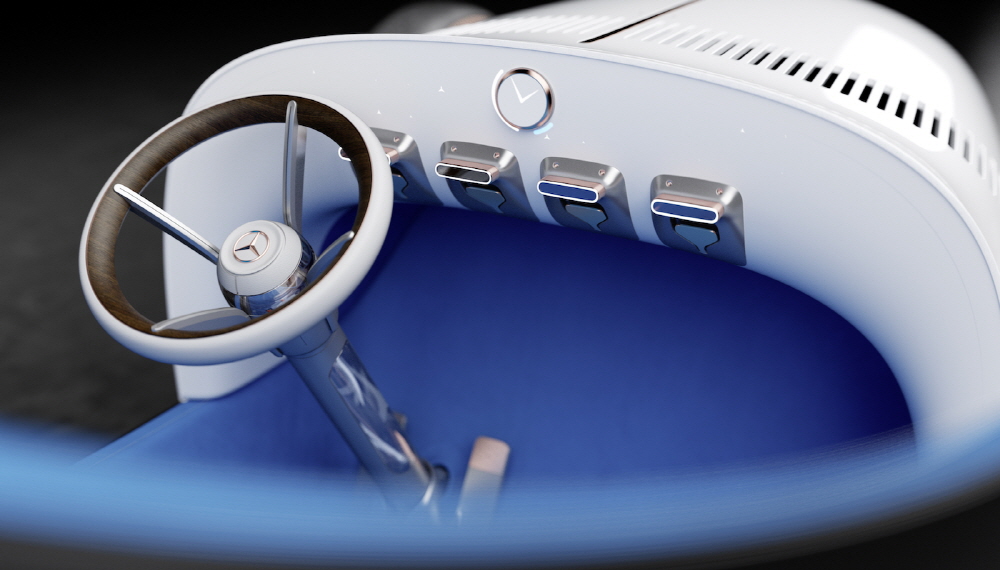
The physical switch at the bottom uses rose gold for the part that you can touch, but for the screw. It is designed to give you a sense of luxury visually and tactilely. This interface that combines analog’s unique luxury texture and digital functionality is called hyper analog by Mercedes designers.
Mercedes-Benz says the concept car expresses the brand DNA of luxury and passion for innovation. It means that it will continue to transform automobiles in the past and in the future. That’s why we brought out the history of 120 years ago. Related information can be found here .

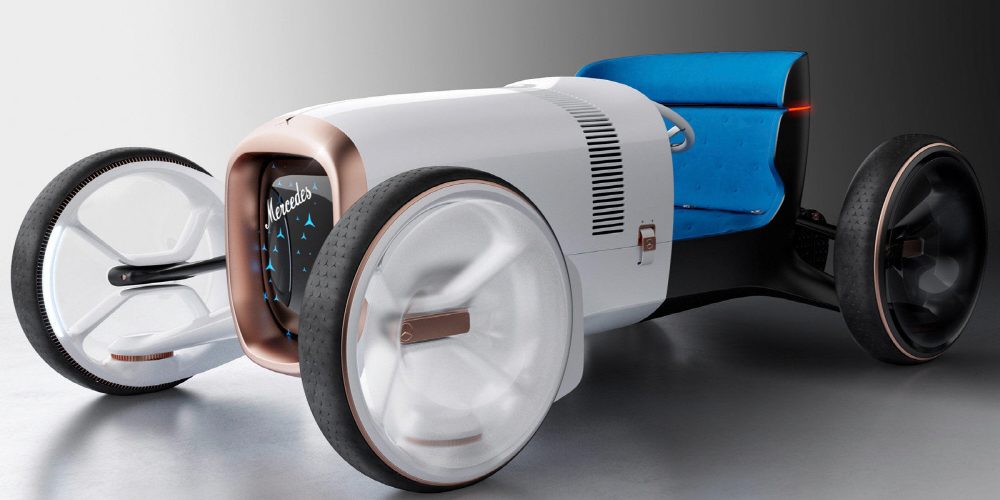
















Add comment